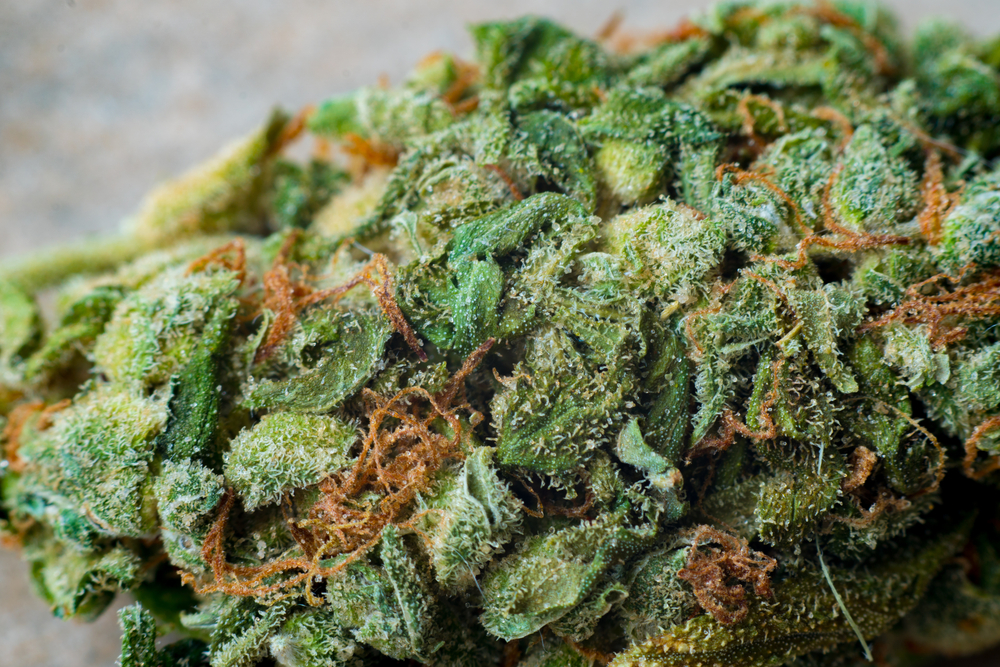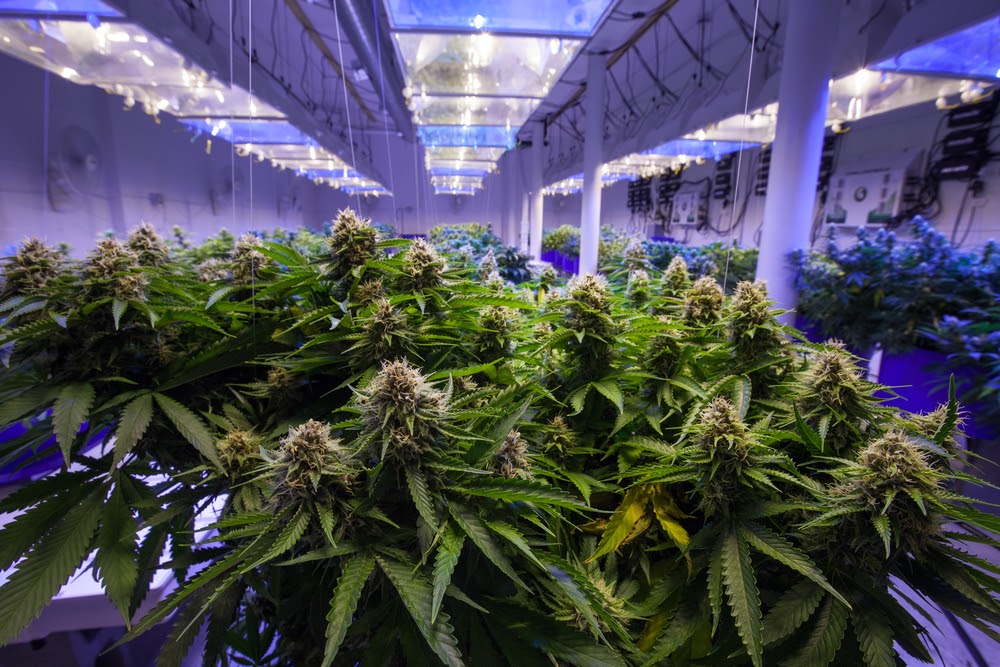Education
When To Harvest Weed And Trim Cannabis Right
Just how important is timing when it comes to knowing when to harvest weed?
For those who are just getting their feet wet when it comes to cannabis horticulture – which we assume many of you are given that Canadians are allowed to grow 4 plants per household – the end goal of ailment alleviating and creatively stimulating cannabis for consumption doesn’t come without its challenges.
The cannabis plant life cycle is conventionally accepted to make up roughly 5 stages, depending on who you ask, where the last yet crucially important stage is harvesting.
Harvesting comprises assessing whether your plants are ready to be trimmed, cured and dried for consumption, so it remains a challenging set of processes for many starting growers. In this article, we’ll breakdown the subtle nuances of when to harvest weed for ideal consumption, along with general tips for trimming.
Ready?
When To Harvest Weed For The Best Yield
Why is learning when to harvest weed at the right time so crucial? It all comes down to levels of cannabinoids and terpenes. And given that these levels fluctuate throughout all 5 stages of the marijuana life cycle, one major prerequisite to harvesting at the right time is assessing whether your plants are at peak levels.
Put another way, when you learn when to harvest cannabis at the right time, your cannabis is more likely to have the ideal chemical composition that meets your horticulture goals, whether that be having a particular experience or addressing a specific ailment. What’s worse than purchasing cannabis with high expectations and being disappointed as a result?
When To Harvest Weed: Timing It Right
The practice of horticulture appeals to many because it’s both an art and science, and it’s no different during the harvesting stage. Scientifically, you may opt-in for tools, if you have the budget, that enables you to measure the chemical composition of your plants.
In contrast, from a more artistic perspective, you can rely on pragmatic observation to determine the ideal time for harvesting. This more pragmatic approach doesn’t require any special materials, instead, it requires you to rely on your five senses to assess your cannabis plants using four critical indicators: Firmness, trichome color, stigma color and smell.
Let’s breakdown each in more detail.
Nug Density
This is all about the arrangement of your cannabis plant’s leaves, stems and buds. Take a look and feel by gently squeezing the buds. If they are relatively firm to the touch, reacting with a slight resistance, then it’s likely your plants meet the “firmness” indicator for harvesting. If you’re not familiar, this condensed state for your buds is also called “inflorescence” in horticulture terminology.
Bud Trichome Colour

Trichomes are the glands that are responsible for producing cannabinoids and terpenes in your plants. They’re sticky to the touch and have crystal-like hairs protruding from them. These glands start off being clear in color, but when harvesting time is near, they transition into amber or cloud white. Why does this take place? When trichomes are transitioning from clear to cloud white or amber, the cannabinoid THC is converting to CBN, therefore showing that ideal THC levels are occuring.
Bud Stigma Colours
Not only does the color of trichomes transition during ideal harvesting times, but also the color of your plant’s stigma. When your plants are in their flowering stages, stigmas become white, but as your plant matures, they convert into orange, brown or red. When a majority of your plant’s stigmas are in these secondary colours, it’s an important indicator showing that the ideal time for when to harvest cannabis is near.
Bud Fragrance
Learning when to harvest cannabis right is also about using your aroma capturing senses to determine whether your plants are protruding intense smells. Cannabis’ aroma isn’t derived from cannabinoids, instead they’re derived from terpenes, and the method here to determine whether peak terpene levels exist is simple – the stronger your plant’s aroma is, the higher likelihood they’re ready for harvest.
With these four factors in mind, who needs out-of-reach scientific tools? However, we do recommend that if all these four indicators for the ideal harvesting time are met, ensure you do these three things before proceeding to the next steps:
- Refrain from watering your plants for 1-2 days
- Subject your plants to complete darkness for 1-2 days
- Remove your plant’s fan leaves (large leaves) 1- 2 days prior to harvest
Should You Trim Before or After Harvesting?
This subject deserves an entirely new guide, which we have in the works, but as an overview, there are generally two methods to trimming your cannabis leaves: wet trimming and dry trimming.
Wet trimming refers to only removing your plant’s fan leaves before harvest, while dry trimming refers to removing both your plant’s fan and sugar leaves after harvest. Both approaches have their own advantages and weaknesses, with wet trimming playing a more constructive role in preventing mold from occurring that ultimately results in a speedier drying process. As for dry trimming, its slower drying result can have better terpene retention for your plants, while being a lot more simple and straightforward.
Irrespective of the approach you choose, trimming is possibly the most arduous and labor intensive component to growing, so make sure you take breaks and have adequate equipment.
When To Harvest Cannabis In Hindsight
Harvesting cannabis, with its separate processes of assessing, trimming, curing, and drying, maybe the most challenging stage to marijuana horticulture. However, it’s not without reward, as learning when to harvest cannabis at the ideal time plays an integral role to achieving the ideal cannabinoid and terpene levels for your plants, and thus, for those who consume it.
Using these four factors as a measurement baseline can prove as a helpful aid in achieving the high-grade cannabis buds you desire, but in no way are they fixed. Depending on your seeds and the plant’s strain, you may want to apply more emphasis to one indicator over the other. Also, for the best results, make sure you record your assessments daily to stay on track.
For more growing cannabis tips, and everything else related, stay tuned!



